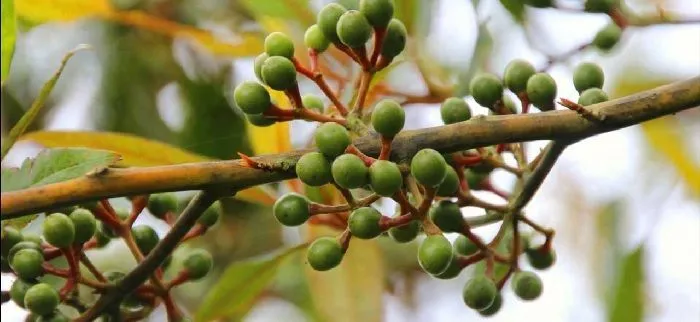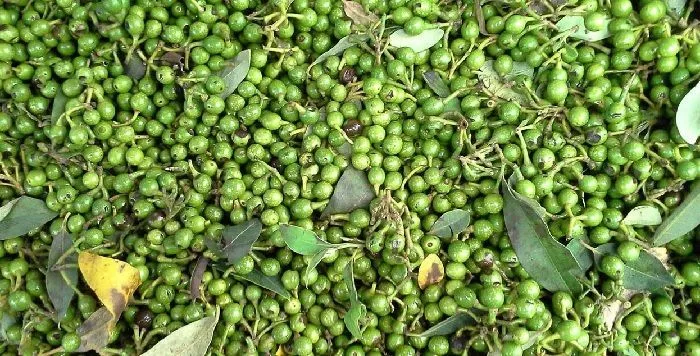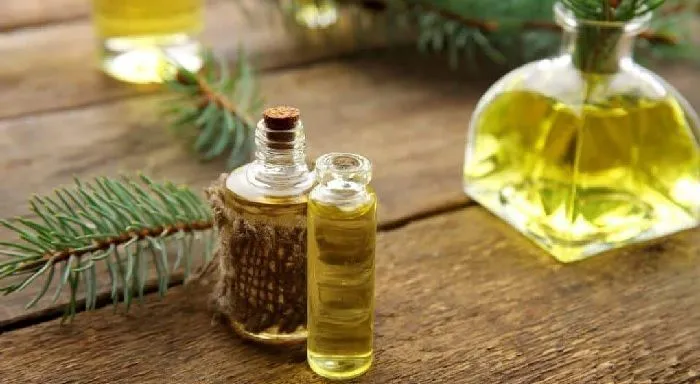Litsea cubeba is a tree native to Asia, specifically China and other parts of Southeast Asia (such as Malaysia).
In this area, it is a well-known tree and valued for the qualities and medicinal and aromatic properties it provides.
This plant lacks properties ornamentally and is not very attractive, although it is usually used in gardens due to the great smell of lemon and citrus fruits that its leaves provide.
Its fruits are small berries of reddish color and a size very similar to that of red pepper. The flowers of the Litsea they can have different colorations depending on the subtypes, from yellow, orange, pink or red.
To extract the essential oil of Litsea cubebto steam distillation of its fruits takes place.
This extract (oil) produced has a clear citrus smell, very similar to that of lemon, as we have also commented on its leaves.

Table of Contents
Agronomic characteristics
- Scientific name: Litsea cubeba Lour. (Pers.)
- Common name: Chang May, Litsea citrata, tropical verbena, pepper
- Origin: South and Southeast Asia
- Family: Lauraceae (Lauraceae)
- Botany: Litsea cubeba grows as a shrub or small deciduous tree and reaches heights between 8 and 10 meters. It has leaves and flowers with a citrus aroma.
- Parts of the plant used: leaves, flowers, leaves and fruits.
Care in the garden
Its cultivation will develop better in soils with slightly acidic pH, growing in soils with medium texture (loam or clay), since they withstand moisture well and allow a better development of their roots.
Its planting should be done in a sunny area, since it is moderately demanding to the light.
Flowering and harvesting calendar
Flowering: March and April (northern hemisphere), September and October (southern hemisphere).
Seed collection: August and September (northern hemisphere), February and March (southern hemisphere).
Medicinal uses of essential oil

The main uses of Litsea cubeba are related to its following properties:
- Astringent
- Bactericide
- Carminative
- Stimulant
- Antidepressant
- Insecticidal action (parasitosis)
- Distress, insomnia, depression, or agitation
- Loss of appetite or digestive failure
One of the most common forms to apply the essential oil of Litsea cubeba it is by massaging the pure extract previously diluted, since by massaging the area we manage to stimulate the absorption of all its components and extracts.
This technique is very useful to eliminate back pain, low back pain and in general, all kinds of muscle pain. With this we will also be able to stimulate blood circulation, very appropriate for cases of fluid retention, cellulite and other problems derived from the lack of circulation.
If you usually suffer situations of nervousness and stress it is recommended that you prepare an essential oil lotion from Litsea rubbing the chest, belly and wrist area, for several minutes, at least 2 times a day.
As we have mentioned before, dilute vegetable oil with water or other vegetable oil (olive or coconut, for example).
How to Use Your Essential Oil
Here are some of the most common ways to use the oil of L. cubeba.
As a flavoring (perfumes and electric flavorings)
Both for the car and for the house or garden, in the market we can find electric flavorings, spare parts or candles that base their principles on this essential oil.
If you own the pure extract of L. Cubeba, you can apply a few drops per liter of water.
Topical use by compresses
Use 2 to 3 drops in wet compresses, cold or hot, applying on the skin for at least 5 minutes.
During bathing
Apply up to 5 drops of oil on the bath water.

Precautions to keep in mind
The essential oil of Litsea cubeba it should be used in low concentration and can cause irritation in sensitive skin if we overdo doses. It should not be applied to children.
